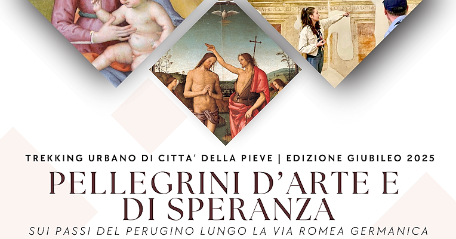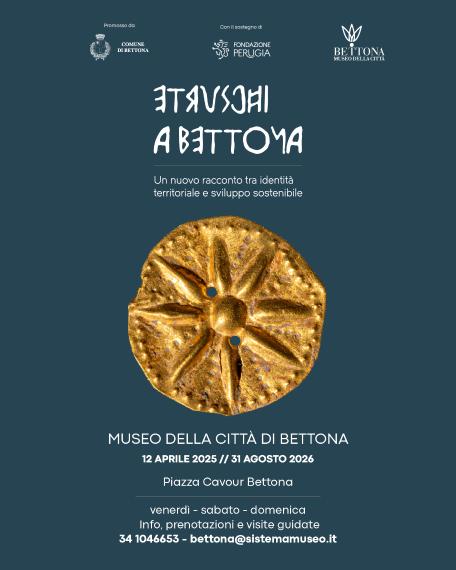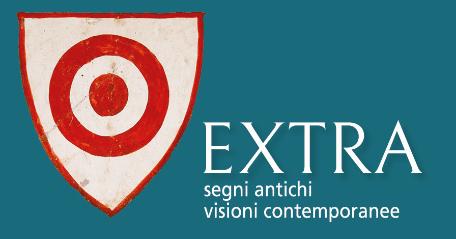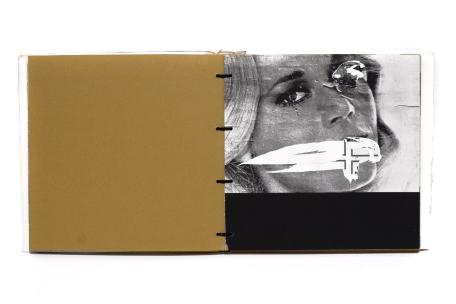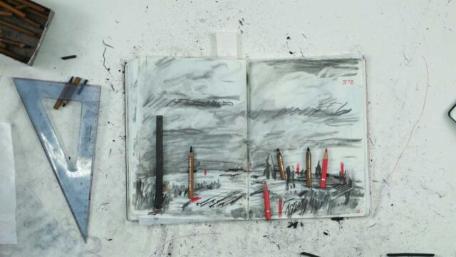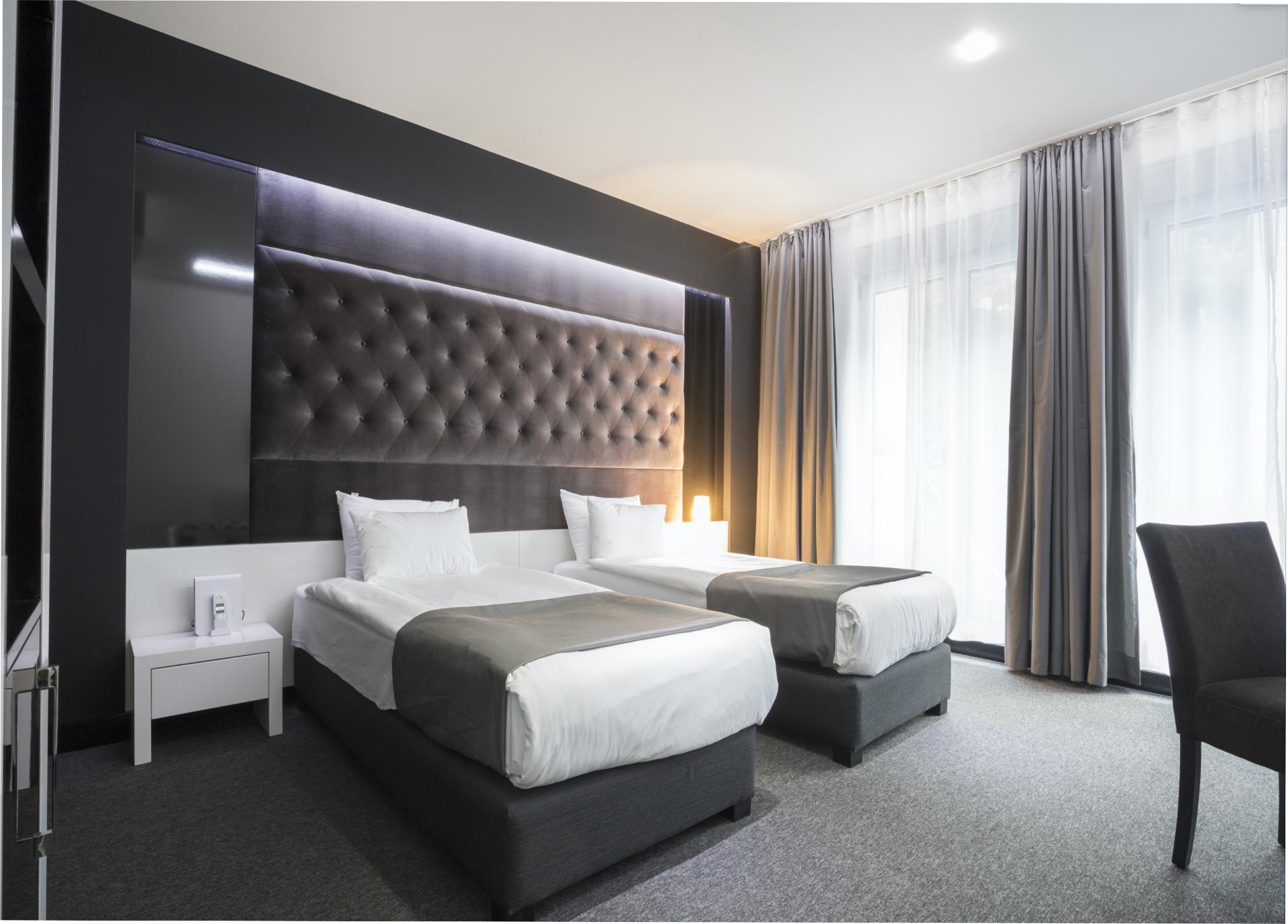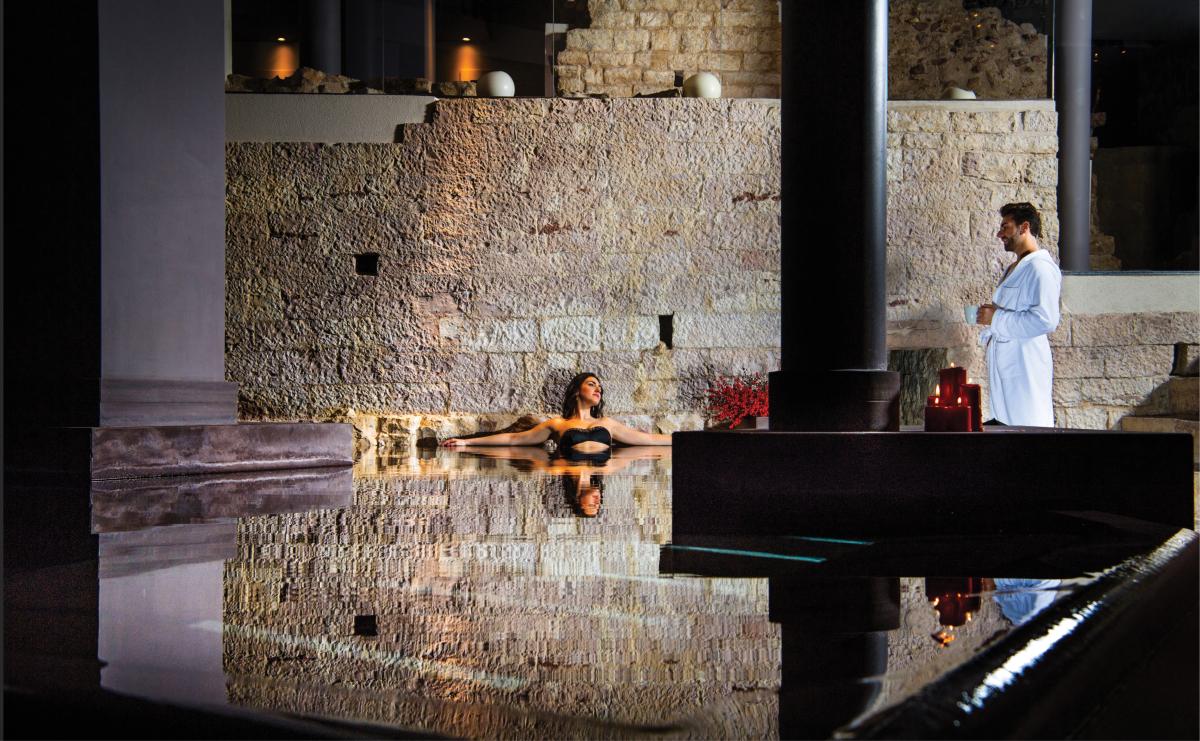HISTORY
The earliest reliable documents that mention Stroncone go back to 1012, when the area was given to the Abbey of Farfa. Stroncone's inclusion into the possessions of the Church (1192) was accepted by the townspeople who, in the conflicts between the followers of the Pope (Guelfs) and those of the Emperor (Ghibellines), always sided with the Guelfs. After the confusion of events that marked the end of the Middle Ages and the start of the Renaissance, it became part of the Papal States until the birth of the Kingdom of Italy.
ART, CULTURE, ENVIRONMENT
The historic center has preserved intact its enchanting medieval atmosphere, with narrow winding streets, beautiful stone doorways and an ancient well, which is just inside the walls near the beautiful gate called Porta del Borgo. At the entrance to town there is monumental 17th-century fountain with an elegant design that incorporates a triangular central tympanum, the Oratory of San Giovanni Decollato, and the Collegiate Church of San Nicolò, with a linear Romanesque façade and an old portal with Byzantine-style bas-reliefs, and, inside, a polyptych by Rinaldo da Calvi, a student of Lo Spagna. Kept in the archives of the impressive Town Hall are nine illuminated manuscripts from the 14th and 15th centuries, along with coins, medals and seals from various periods. Other sights in the center include the Sacrario delle Armi, a memorial monument to soldiers killed in battle that holds some 400 historical relics, cutting and thrusting weapons and other armaments, the Collegiate Church of San Michele Arcangelo, the oldest in Stroncone, and the Convent of the Franciscan Sisters of the Baby Jesus, an example of an old noble residence, with a 14th-century kitchen with various antique utensils. Just outside the walls one comes to the Monastery of San Francesco, founded, according to tradition, by the poor friar of Assisi himself in 1213, which has a library with one of the largest Franciscan collections in Umbria. Inside are a fresco by Tiberio d'Assisi from 1509 and the urn with the remains of Blessed Antonio Vici, one of the first Franciscans and the patron of Stroncone, a title which he shares with St. Michael Archangel.
In the surroundings there are the ruins of the ancient Abbey of San Benedict in fundis, evidence of the presence of a Benedictine settlement in the territory, the four hamlets of Aguzzo, Coppe, Finocchietto and Vasciano, as well as the mountain areas of Cimitelle and "I Prati", which offer both the opportunity to enjoy, at any time of the year, pleasant stays and to reach the peaks of the surrounding mountains overlooking vast views of the Terni basin and the Rieti plain.
In his journeys in the southern part of Umbria, St. Francis often used the path that, passing through these beautiful Meadows, connects Terni to Greccio.


















